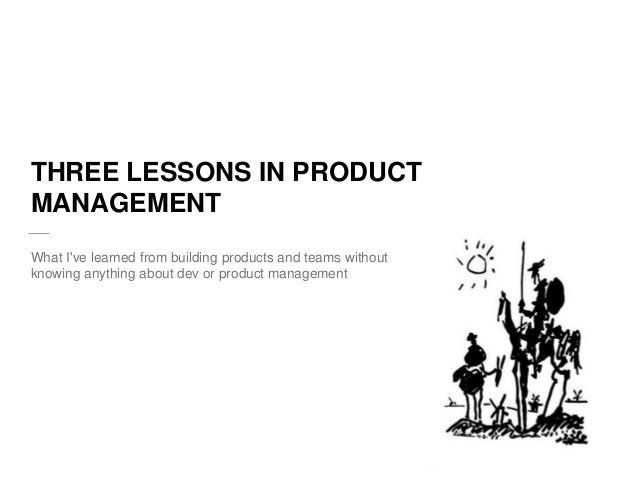How differing Product Focus leads to the proliferation of fake accounts
FACEBOOK and Twitter value the strength of their network by looking at the number of people in their platform.
For a long time — even up to now — one of their indicators of success are the number of accounts created in the platform (readily available for the public to see) and number of active users (not as readily available, especially for Twitter).
Facebook is pegged at 2.2 billion active users as of 2017, while Twitter’s is a bit more… problematic.
Contrast this to LinkedIN who famously focused more on quality of network, devaluing the number of your connections and valuing more the meaning of these connections. LinkedIn’s founder talks more about it here.
The contrast provides you the reason why fake news and fake profiles abound Facebook and Twitter while it’s less common on LinkedIN. LinkedIN, speaking from experience, has a robust algorithm that kills fake profiles fast. Out of 20 profiles you create in one IP, you would be lucky if 5 would survive in a week or two. Whereas in Facebook and Twitter, you can create a hundred accounts in an hour and they’ll remain there indefinitely. The technology is not that hard, ip-tracing and different methods of figuring out dupes have existed for years. It will not filter everyone, but it will stop a big majority of users.
What does this tell you?
Unless Facebook and Twitter redefine the meaning of success for their platform in their company and abandon their user-based KPIs, fake accounts will stay. Sure, they’re trying . But when it’s so easy to algorithmically cut off dummy accounts, the question becomes why are they not trying so hard ?
Twitter doesn’t want to expose the fact that its userbase is primarily bots, while Facebook is still trying to find a better metric to measure their effect.
Originally published in Medium .
De Jesus Oval, Bonifacio Global City, 1630, Taguig City, Philippines
Email: hello@agencylokal.ph
www.agencylokal.ph
LOKAL provides boutique business solutions for small businesses in Australia and the Philippines. With decades of experience,
LOKAL
provides search engine optimisation, digital marketing, digital public relations, executive recruitment, and outsourced team operations.





